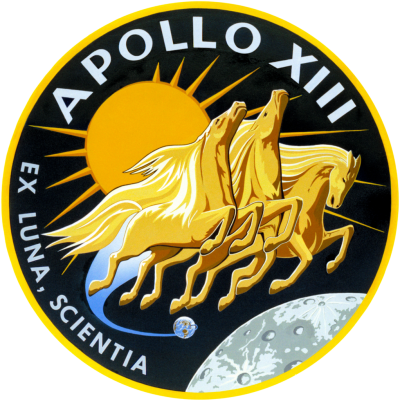
Apollo 13: Fifty Years Later…Jim Lovell’s famous line rumbles down through the decades into the history books, “Houston, We’ve Had a Problem”. This is a look back.
Last summer, the fiftieth anniversary of Apollo 11, the first mission to the moon was celebrated with much deserved fanfare. In November of 2019 the 50th anniversary of Apollo 12 passed “with nary a word spoken” – even by Doctor Aviation, which is rare. One of the purposes of Doctor Aviation is to mark historical events and draw lessons which still apply.
The is the 50th anniversary of Apollo 13. It is getting a fair amount of attention, especially given the dominance of the Corona Virus in the news.
The Mission
For those that don’t know or may have forgotten, Apollo 13 blasted off on April 11. 1970. They were headed for the moon, just the third crew slated for the task. On April 13 at 10:08 PM EST, Jack Swigert, the Command Module Pilot, stated, “Okay, Houston, we’ve had a problem here”. The Mission Commander, Jim Lovell repeated, “Houston, we’ve had a problem…”
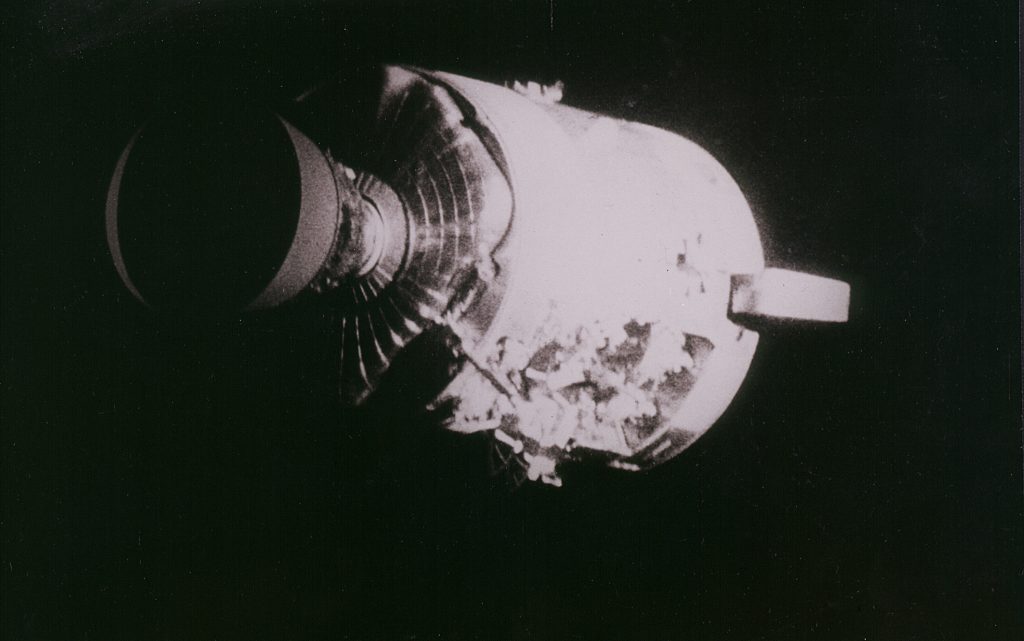
An oxygen tank had exploded in the Service Module, which vented much needed oxygen outside of the space craft. The crew and everyone at NASA would spend the next four days desperately trying to figure out how to get the crippled aircraft back to the earth safely.
The crew and their exploits are well chronicled in Ron Howard’s film, Apollo 13. I would like to spend the remainder of this blog sharing personal recollections.
Creative Intelligence
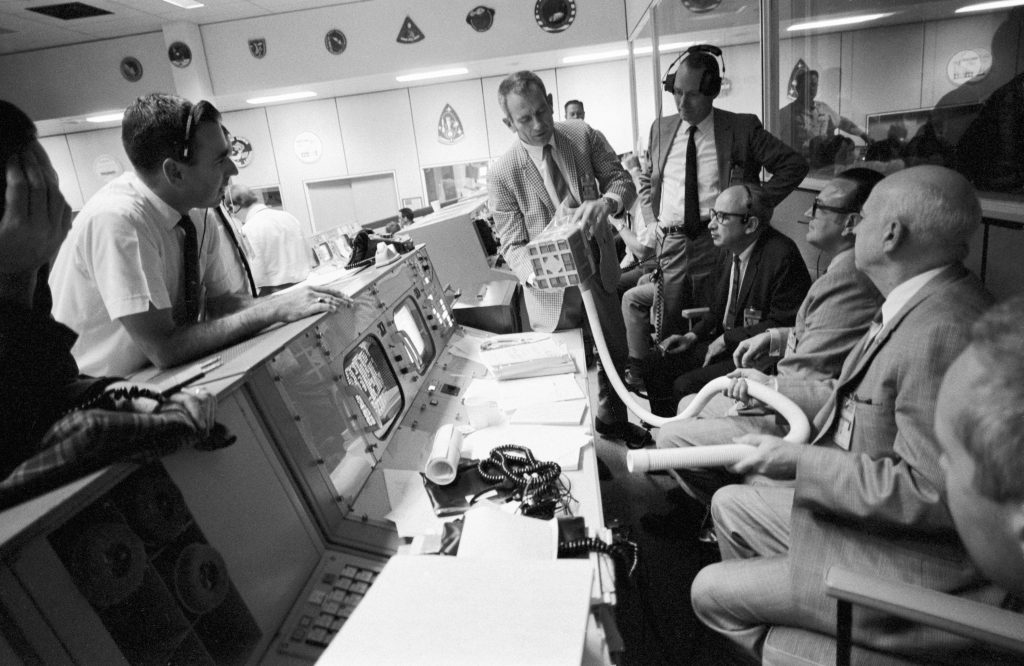
I use a segment of Howard’s film in my graduate leadership class. At one point in the mission, the three astronauts must climb down into the lunar module (LEM), which was designed for two men. Now the LEM had three men aboard for four days. This overloaded the oxygen system and carbon dioxide began to build to dangerous levels in the capsule.
When NASA directed the astronauts to use air filters from the command module in the lunar module a problem arose. Two different contractors had built the two different modules. Apparently, they did not collaborate. One of the modules had a circular filter, while the other had a rectangular shape. Getting the two systems to work together was a task that required not only book smarts (general intelligence) but also practical smarts and creative intelligence. These types of intelligence have been documented by Yale professor, Robert Sternberg. All three were evident as engineers and astronauts worked to solve this unique puzzle.
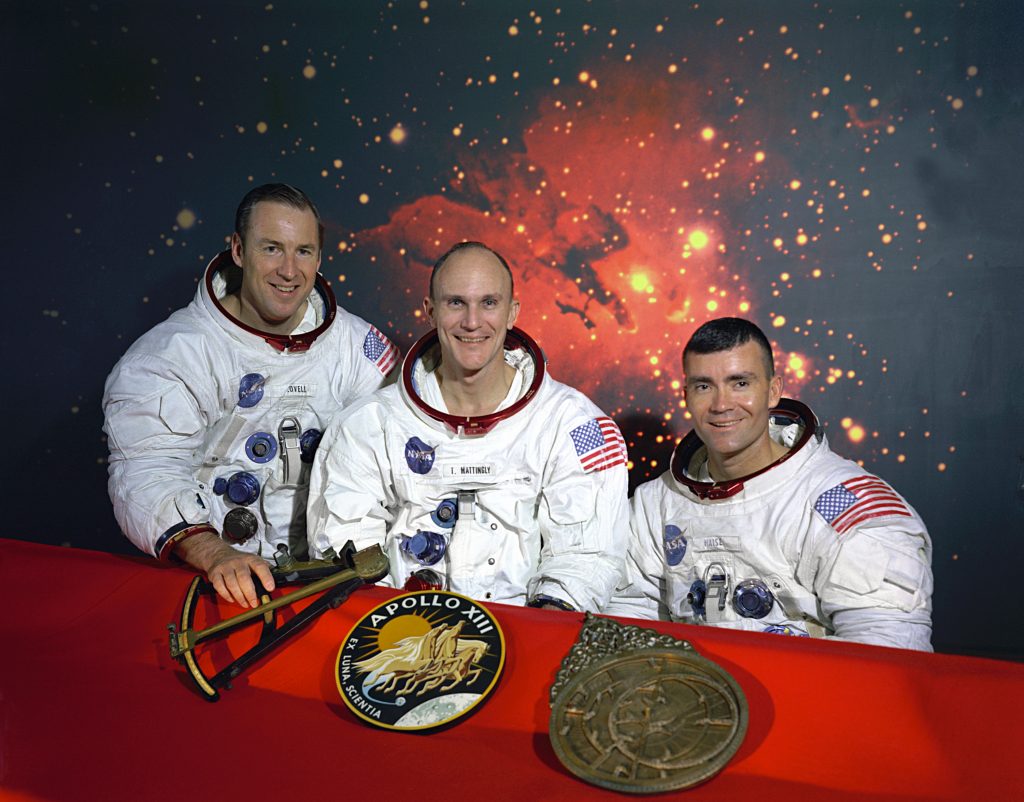
The German Measles
Jack Swigert was not even supposed to be on the flight. His role was to be filled by Ken Mattingly. Mattingly was diagnosed with the possibility of German Measles (aka rubella) and taken off the mission two days before liftoff. Here is that story as told by NASA.
Daddy
I remember driving up Sleepy Hollow Road in Park Hills, KY that Spring afternoon. My Dad and I were in his Chevy II. We were listening to WLW report on the astronauts attempt to make it safely back to the earth. the reporter was discussing the very real possibly that they would miss the earth. I turned to my Dad and said, “Daddy, what happens if they miss the earth”?
“They will go into the sun and burn up” was his reply.
A response that still makes me sick at my stomach.
Meeting Real Live Heroes

Years later while teaching at the Air Force Academy I went over to Arnold Hall. Jim Lovell was addressing part of the Cadet Wing. I wanted to listen in. The talk was very interesting, and he was very down to earth. He was the farthest thing from a Hollywood actor that I could imagine.
At the end of his talk, someone asked about Swigert’s ability as a Command Pilot. This ability had been brought into question by the Ron Howard film. “Swigert was very competent,” was his reply. “Hollywood used some artistic license”.
In the dark, from the floor, someone asked a question. “What was your role, were you the chief cook and bottle washer”?
Lovell looked into the dark crowd, “Buzz, is that you”?
It was, Buzz Aldrin who had driven down from Castle Rock to see his old friend.
I later had the privilege of meeting them on the Staff Tower for lunch. I shook hands with each. Lovell was very personable and, again, down to earth. I noticed a nice wool suit, with just a trace of dandruff. Just a regular man, who survived some extraordinary circumstances fifty years ago with the help of his crew and an army of NASA professionals.
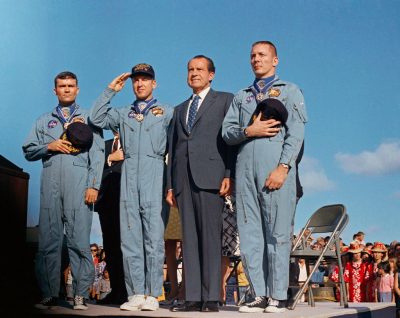
Additional info:
National Air & Space Site with great pictures
